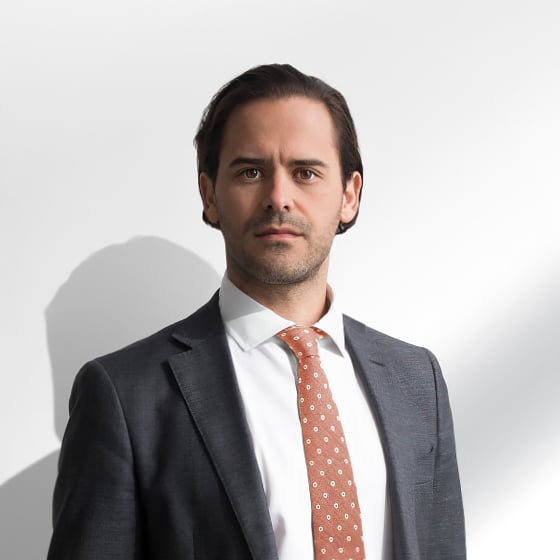At ECP, we pride ourselves on being authentic and committed active investors. An important feature of our approach — which underpins this claim — is the lengthy, deep and broad research we apply to organisations before we consider them for a spot in our portfolio — our uniquely forensic, due-diligence process.
The application of this process not only helps us make better quality portfolio decisions, it often unearths opportunities we may have otherwise missed.
An example of this is the story of how we added the company Synlait to our portfolio last year.
When doing our due-diligence on the a2 Milk Company we visited Synlait — its Infant Milk Formula (IMF) processor — in New Zealand.
We were very impressed by the quality of the assets and the team we met.
However, we didn’t immediately consider it as a candidate for our portfolio since we weren’t excited about the prospect of owning a dairy processor. Recent experience in Australia suggests dairy processing is largely a commoditised business that tends to generate low returns — Murray Goulburn is a cautionary tale.
However, the more we learned about Synlait, the more we recognised the under-appreciated aspects of this business.
We were able to recognise this potential, and bet on it, because we could see the similarities between its business model and that of another, highly successful, organisation in our portfolio, CSL — one of the world’s largest collectors of blood plasma.
Synlait’s strategy is to make more from milk.
It focuses on high value, high return dairy products, choosing to partner with established premium brands that have a strong point of difference and who want Synlait to manage the entire supply chain from the formulation of the product to delivery to the customer.
For both companies — Synlait and CSL — the underlying input is a commodity (milk/blood plasma) where the advantage is lowest cost to collect.
CSL is recognised as having the most efficient collection centres giving it a competitive advantage.
Whilst Synlait is not the lowest cost producer, it sits in New Zealand where the seasonal milk supply and the pasture-based production make it a comparatively low-cost market. Synlait has an added advantage in that it’s input cost is regulated, based on the return that Fonterra requires on its lower returning product mix (e.g. Skim Milk Powder, Whole Milk Powder and Anhydrous Milk Fat).
To manufacture their products, both businesses fractionate (split) the commodity into different revenue streams.
The success of the business is then based on what they can do with their marginal litre of plasma/milk to get the highest return mix they can produce.
CSL picks niche products that it can get orphan drug status on (patent protected) that attract high prices/returns on its product mix. It also invests in R&D to increase the indications that it can apply to its existing products.
Synlait has locked up niche milk pools and customers (eg. a2/munchkin) in long term agreements that attract high prices and higher returns (brand protected) for the same inputs.
Also, Synlait plans to increase its competitive advantage by creating more highly specialised products for commercialisation in the long term.
Drawing these similarities between the two business models helped us make the decision to invest with Synlait, and, other market features — like increasing barriers to entry with Chinese regulation tightening — helped consolidate it.
We aren’t sure we would have invested in Synlait had we not visited the company in Dunsandel while working on a2.
Even if we had, we may not have recognised its unique potential if we were Agricultural/FMCG specialists with limited knowledge of other business models like CSL.
This is an example of our broad, deep and forensic due-diligence process paying great dividends and demonstrates why our brand of active investing is the best for long-term, sustainable wealth.


